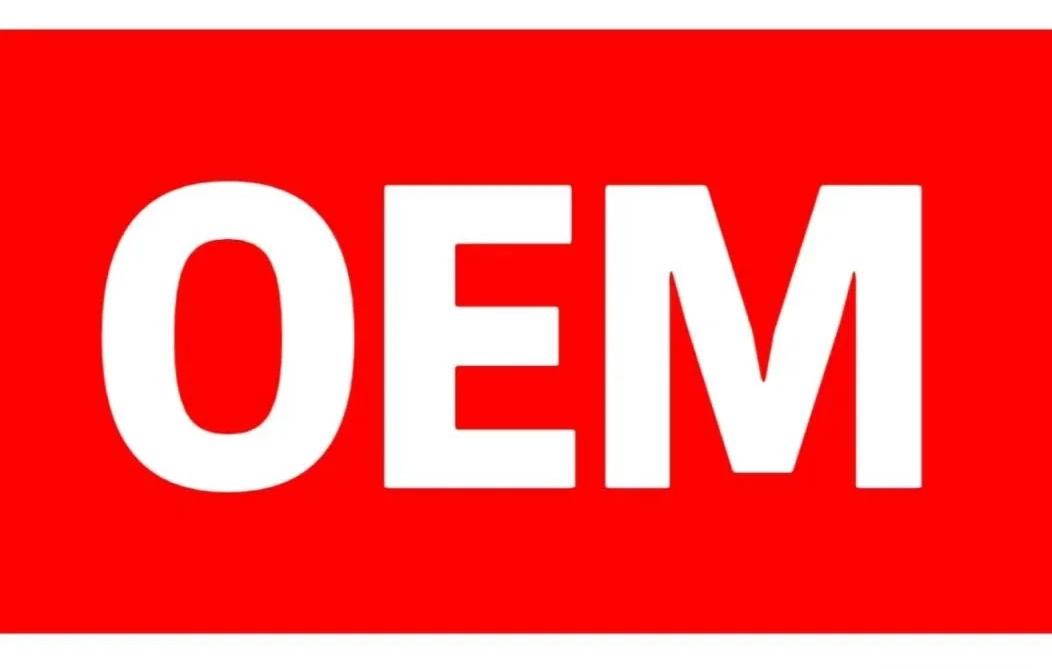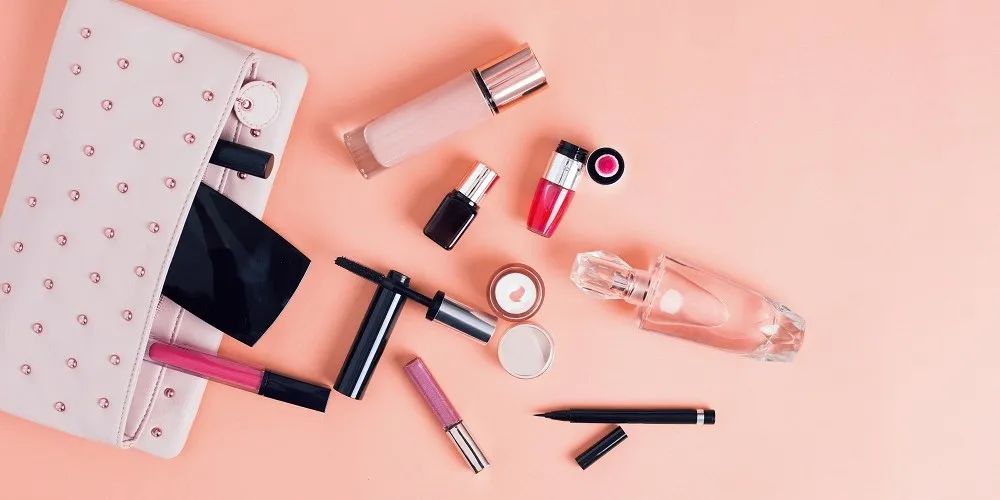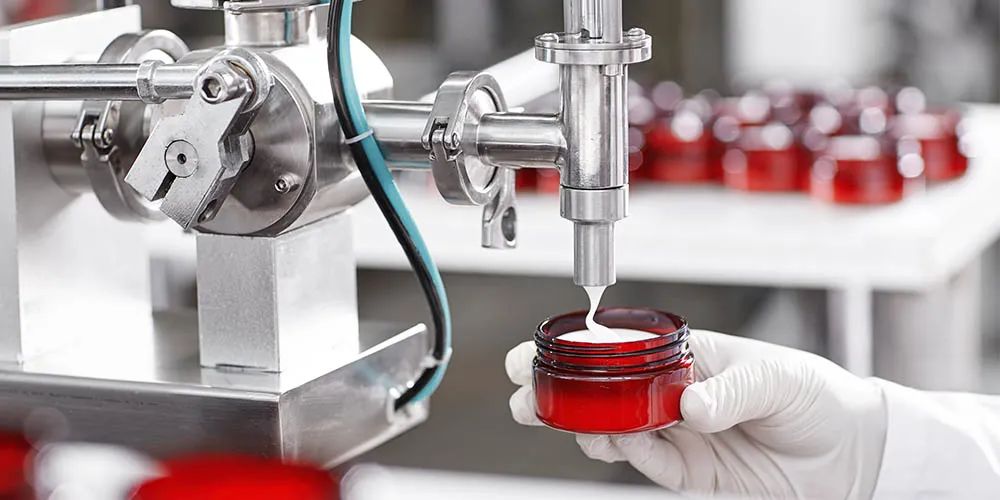Cosmetic OEM and ODM Difference: In-depth Analysis of The Production Model of The Different
In the cosmetics industry, OEM (Original Equipment Manufacturing) and ODM (Original Design Manufacturing) are two common production models. These two modes in the production process, service content and customer demand there are significant differences. In this article, we will analyze the difference between cosmetic OEM and ODM in detail, and help brand owners choose the most suitable mode of cooperation for themselves.

What is cosmetic OEM?
Definition and characteristics
OEM, or original equipment manufacturing, refers to the cosmetic brand owners to provide formulas or production standards, the manufacturer is responsible for the production and packaging. under the OEM model, the manufacturer is strictly in accordance with the requirements of the brand owners, but does not involve in the design and development of the product.
Main Features
1. production standardization: manufacturers produce according to the formulas and standards provided by the brand owners to ensure the consistency and quality of the products.
2. Brand control: brand owners control the core formulations and technologies of their products, which helps to maintain the uniqueness and competitiveness of their brands.
3. Flexible production: OEM manufacturers are able to adjust the production scale and production process according to the brand's needs to meet the demands of different order quantities.
Applicable Scenarios
The OEM model is suitable for brands that already have mature formulas and market positioning, and the brand owner wants to reduce costs and improve production efficiency by outsourcing production. For example, some internationally renowned cosmetic brands outsource the production of some of their products to specialized manufacturers through the OEM model in order to focus on marketing and brand building.

What is Cosmetic ODM?
Definition and Characteristics
ODM, or Original Design Manufacturing, means that the manufacturer is not only responsible for production, but also provides services such as product design, formula development and packaging design, etc. Under the ODM model, the manufacturer completes the product from product concept to finished product in one-stop according to the brand's needs.
Main Features
1. Omni-directional service: the manufacturer provides one-stop service from product development, design to production, the brand only needs to put forward the requirements, and the manufacturer is responsible for the realization.
2. technological innovation: ODM manufacturers usually have a strong R&D team and advanced technical equipment, and are able to innovate and launch new products according to market demand.
3. Cost-effectiveness: Brand owners do not need to invest a lot of resources in R&D and design, and through the ODM model, they can quickly launch new products and reduce R&D costs.
Applicable Scenarios
The ODM model is suitable for brands that want to enter the market or expand their product lines quickly, especially for small and emerging brands that lack R&D and production capacity. Through ODM cooperation, brands can utilize the manufacturer's technology and resources to quickly launch new products that meet market demand.

The Main Differences between Cosmetic OEM and ODM
1. R&D and Design
- OEM: Brand owners provide formulas and designs, and manufacturers are only responsible for production.
- ODM: The manufacturer is responsible for the R&D, design and production of the product, and the brand owner only needs to put forward the requirements.
2. Production Control
- OEM: The brand owner has a higher degree of control over the product formulation and production process.
- ODM: The manufacturer has greater autonomy and the brand owner relies more on the manufacturer's expertise.
3. Cost and Investment
- OEM: The brand owner has to bear the cost of R&D and design, but the production cost is lower.
- ODM: Manufacturers provide a full range of services, brands do not need to invest a lot of R & D funds, but need to pay a higher service fee.
4. Market response speed
- OEM: Suitable for products with mature formulas, market response is faster, but innovation may be slower.
- ODM: Manufacturers with strong R&D capabilities can quickly launch new products to meet the changing needs of the market.

Case Study: TOPFEEL's Practice
As a leading professional cosmetic ODM enterprise, Topfeel Beauty boasts a robust daily production capacity, delivering millions of high-quality cosmetic and skincare products globally. Its extensive portfolio includes advanced manufacturing capabilities for lipsticks, eyeshadows, foundations, and more.
Beyond manufacturing, Topfeel Beauty leverages its cutting-edge R&D and innovative design capabilities to provide a comprehensive range of ODM services. By staying attuned to market trends and customer needs, Topfeel supports its partners in launching customized, high-performing products that enable them to excel in a competitive market.
Topfeel's client base includes internationally recognized brands as well as fast-growing local names, underscoring its expertise and leadership in the ODM sector. Through its commitment to quality and innovation, Topfeel continues to empower brands to succeed on a global scale.
Conclusion
There are significant differences between cosmetic OEM and ODM in terms of production process, service content and customer needs. Brand owners should choose the most suitable cooperation mode according to their own resources, market positioning and development needs. Through the OEM mode, brand owners can maintain a high degree of control over their products; through the ODM mode, brand owners can quickly launch new products and take the first opportunity in the market.
Post time: Jan-03-2025

